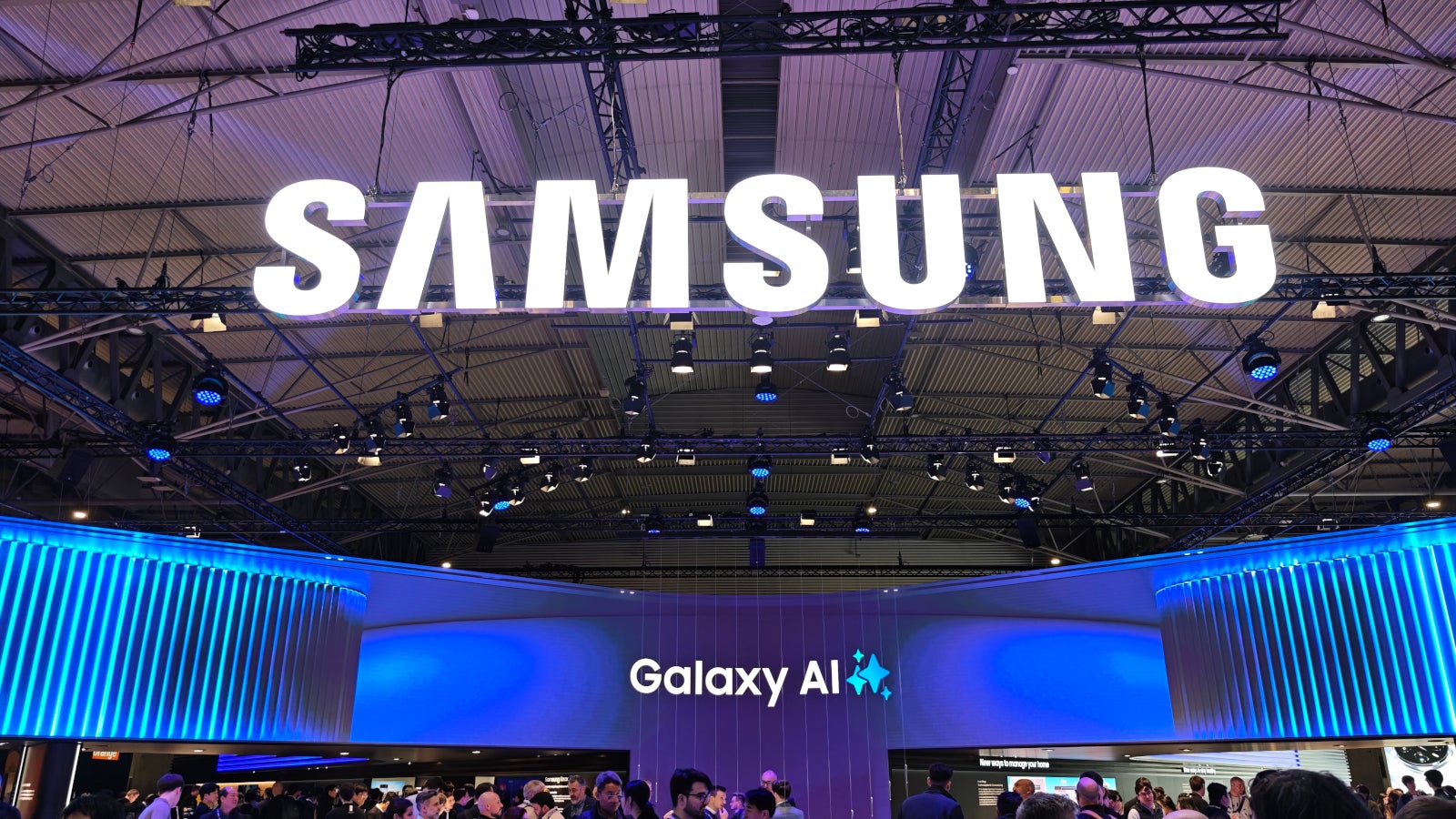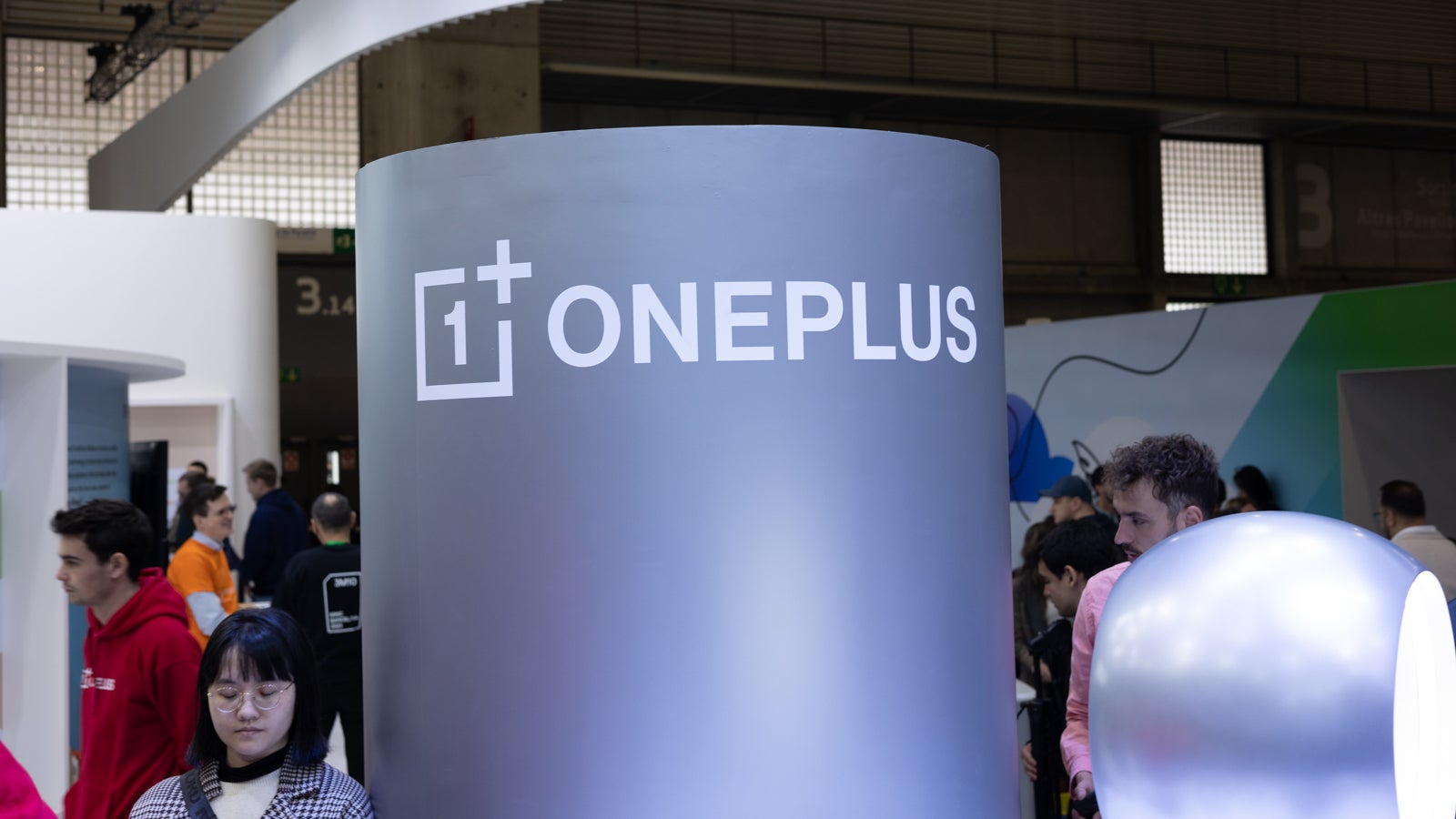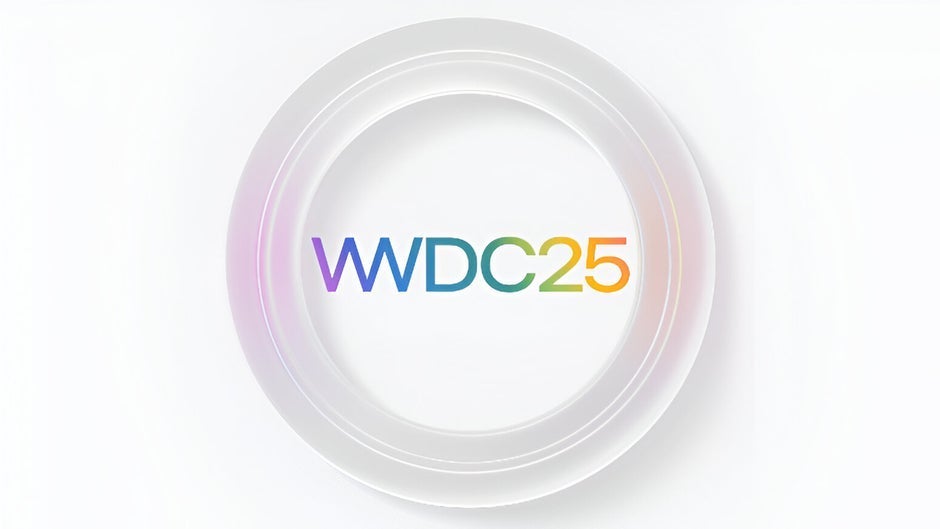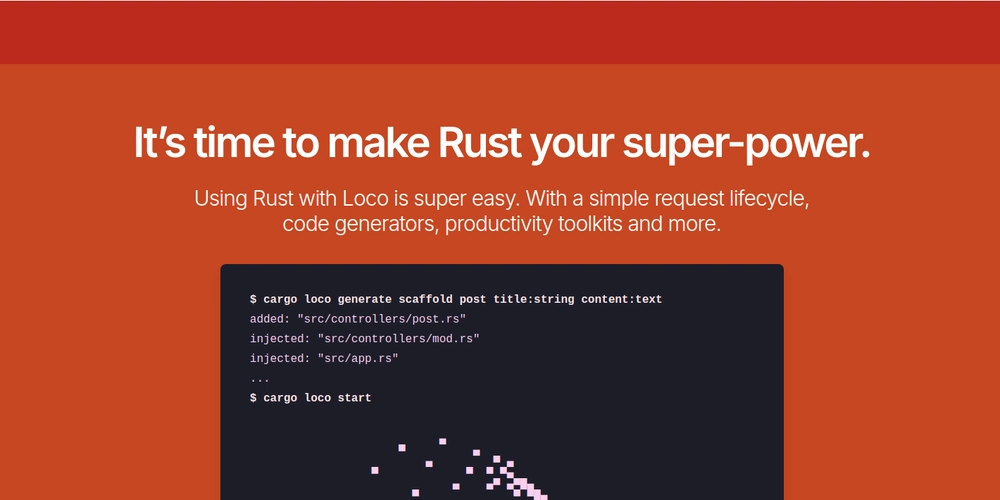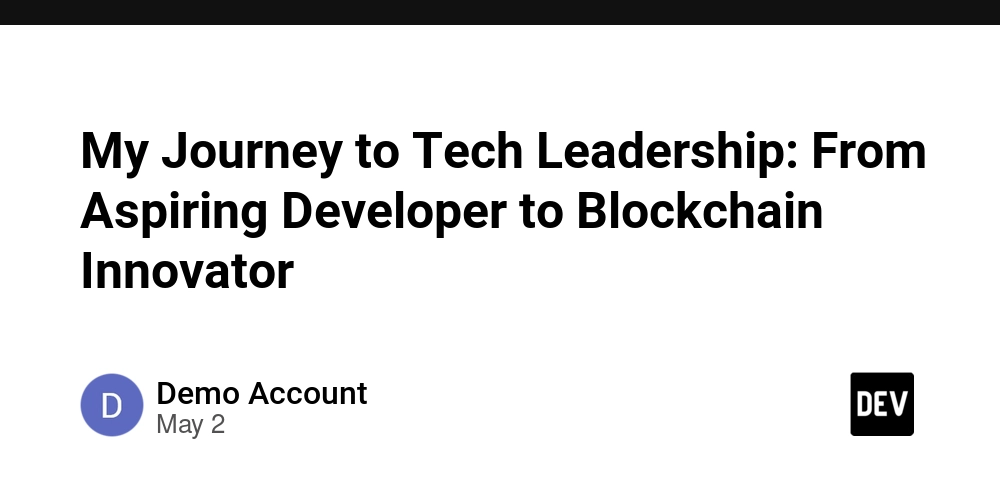Exploring the Drip Network: A Comprehensive Overview of DeFi, NFT Integrations, and Open-Source Innovations
Abstract: This post delves into the world of the Drip Network, a decentralized finance (DeFi) platform built on Binance Smart Chain that leverages advanced tokenomics, fixed supply mechanics, and community-driven governance. We explore its historical background, key technical features, integration with NFT ecosystems, and open-source licensing. The discussion examines practical use cases, challenges such as regulatory concerns and technical vulnerabilities, and future outlooks that include Layer-2 scaling and cross-chain integration. Throughout the article, we provide tables, bullet lists, and relevant hyperlinks—including resources like What is Drip Network and Drip Network Tokenomics—to deliver a holistic perspective of this innovative blockchain ecosystem. Introduction Decentralized finance, NFTs, and open-source projects have redefined modern digital economies. The Drip Network is at the forefront of this evolution with its innovative deflationary rewards model, fixed token supply, and robust community governance. In this article, we combine insights from several authoritative sources to shed light on how the Drip Network operates and why it is shaping the future of DeFi and digital asset markets. By integrating keyword-rich concepts such as tokenomics, staking rewards, community governance, and fixed supply mechanics, the post appeals both to technical experts and interested investors. Whether you are an investor seeking passive income or a developer exploring emerging blockchain innovations, read on to learn more about the Drip Network and its ecosystem. Background and Context The evolution of decentralized finance and open-source projects has transformed financial systems around the globe. The Drip Network emerged amid these trends and has grown into an ecosystem that leverages the advantages of the Binance Smart Chain. It was initially designed to offer passive returns through staking rewards and has since evolved to incorporate robust tokenomics and community-driven decision-making. Historically, blockchain projects faced challenges such as centralization, high fees, and lack of transparency. The advent of networks like Drip, with a fixed supply of tokens combined with mechanisms like regular token burns and staking, helped address these shortcomings. The network’s design is similar to other innovative platforms but differentiates itself by its focus on deflationary economics and community governance. Open-source licensing has always been a key component of blockchain innovation. The use of transparent and accessible licenses—highlighted in articles like Unicode License Summary—has fostered an ecosystem where developers can collaborate and build secure platforms. Coupled with NFT integrations, projects such as the Women Rise NFT Collection and the The Sandbox Assets NFT Collection are driving a creative revolution that bridges art and finance. This confluence of DeFi, secure tokenomics, and open-source principles creates an ecosystem where every stakeholder—from investors to developers—plays an essential role in shaping the platform’s future. Core Concepts and Features The Drip Network stands out for its blend of economic, technical, and community-centric features. Below are the core concepts that define its identity. Fixed Supply and Deflationary Tokenomics One of the unique aspects of the Drip Network is its commitment to a fixed supply model. This design ethos helps ensure scarcity and by extension, potential value growth. The deflationary mechanisms include: Transaction Fees and Burns: A portion of each transaction fee is burned permanently, reducing the circulating supply over time. Staking Rewards: Users earn daily returns by staking their tokens, encouraging long-term participation and reinvestment. Reinvestment Bonuses: These bonuses enable users to compound their earnings and maximize ROI. For a detailed technical explanation, refer to Drip Network Tokenomics. Community Governance for Sustainable Development Unlike systems managed by a central authority, the Drip Network employs a community-driven governance model. Key features include: User Voting: Every token holder has the right to vote on network updates, ensuring decisions reflect community interests. Feedback Mechanisms: Regular and transparent feedback loops allow continuous system improvements. Adaptive Protocol Designs: The modular architecture permits swift adaptations in response to market shifts or regulatory changes. These principles echo open-source best practices and have parallels in blockchain projects that have successfully integrated community governance for effective decision-making. Integration with NFT Ecosystems The Drip Network’s seamless integration with NFT platforms further exemplifies its innovative edge. By merging DeFi with NFT technology, the ecosystem offers additional revenue streams and engagement opportuniti

Abstract:
This post delves into the world of the Drip Network, a decentralized finance (DeFi) platform built on Binance Smart Chain that leverages advanced tokenomics, fixed supply mechanics, and community-driven governance. We explore its historical background, key technical features, integration with NFT ecosystems, and open-source licensing. The discussion examines practical use cases, challenges such as regulatory concerns and technical vulnerabilities, and future outlooks that include Layer-2 scaling and cross-chain integration. Throughout the article, we provide tables, bullet lists, and relevant hyperlinks—including resources like What is Drip Network and Drip Network Tokenomics—to deliver a holistic perspective of this innovative blockchain ecosystem.
Introduction
Decentralized finance, NFTs, and open-source projects have redefined modern digital economies. The Drip Network is at the forefront of this evolution with its innovative deflationary rewards model, fixed token supply, and robust community governance. In this article, we combine insights from several authoritative sources to shed light on how the Drip Network operates and why it is shaping the future of DeFi and digital asset markets.
By integrating keyword-rich concepts such as tokenomics, staking rewards, community governance, and fixed supply mechanics, the post appeals both to technical experts and interested investors. Whether you are an investor seeking passive income or a developer exploring emerging blockchain innovations, read on to learn more about the Drip Network and its ecosystem.
Background and Context
The evolution of decentralized finance and open-source projects has transformed financial systems around the globe. The Drip Network emerged amid these trends and has grown into an ecosystem that leverages the advantages of the Binance Smart Chain. It was initially designed to offer passive returns through staking rewards and has since evolved to incorporate robust tokenomics and community-driven decision-making.
Historically, blockchain projects faced challenges such as centralization, high fees, and lack of transparency. The advent of networks like Drip, with a fixed supply of tokens combined with mechanisms like regular token burns and staking, helped address these shortcomings. The network’s design is similar to other innovative platforms but differentiates itself by its focus on deflationary economics and community governance.
Open-source licensing has always been a key component of blockchain innovation. The use of transparent and accessible licenses—highlighted in articles like Unicode License Summary—has fostered an ecosystem where developers can collaborate and build secure platforms. Coupled with NFT integrations, projects such as the Women Rise NFT Collection and the The Sandbox Assets NFT Collection are driving a creative revolution that bridges art and finance.
This confluence of DeFi, secure tokenomics, and open-source principles creates an ecosystem where every stakeholder—from investors to developers—plays an essential role in shaping the platform’s future.
Core Concepts and Features
The Drip Network stands out for its blend of economic, technical, and community-centric features. Below are the core concepts that define its identity.
Fixed Supply and Deflationary Tokenomics
One of the unique aspects of the Drip Network is its commitment to a fixed supply model. This design ethos helps ensure scarcity and by extension, potential value growth. The deflationary mechanisms include:
- Transaction Fees and Burns: A portion of each transaction fee is burned permanently, reducing the circulating supply over time.
- Staking Rewards: Users earn daily returns by staking their tokens, encouraging long-term participation and reinvestment.
- Reinvestment Bonuses: These bonuses enable users to compound their earnings and maximize ROI.
For a detailed technical explanation, refer to Drip Network Tokenomics.
Community Governance for Sustainable Development
Unlike systems managed by a central authority, the Drip Network employs a community-driven governance model. Key features include:
- User Voting: Every token holder has the right to vote on network updates, ensuring decisions reflect community interests.
- Feedback Mechanisms: Regular and transparent feedback loops allow continuous system improvements.
- Adaptive Protocol Designs: The modular architecture permits swift adaptations in response to market shifts or regulatory changes.
These principles echo open-source best practices and have parallels in blockchain projects that have successfully integrated community governance for effective decision-making.
Integration with NFT Ecosystems
The Drip Network’s seamless integration with NFT platforms further exemplifies its innovative edge. By merging DeFi with NFT technology, the ecosystem offers additional revenue streams and engagement opportunities:
- Tokenized Rewards for NFTs: Holders of collectible NFTs, such as those from the Women Rise NFT Collection or The Sandbox Assets NFT Collection, may receive additional staking rewards.
- Cross-Platform Collaborations: Partnerships across NFT marketplaces and DeFi platforms offer enhanced liquidity and diversified investment channels.
- Enhanced Liquidity: NFT integrations help maintain liquidity in the market while opening new avenues for creative projects.
Technical Security and Open-Source Compliance
Security within the Drip Network is paramount. The platform leverages audited smart contracts, which are continuously updated by community-driven code reviews—a practice similar to other leading open-source projects. This open verification process ensures resilience against vulnerabilities. By adopting such best practices, the network sets a high standard for security and trustworthiness.
Comparative Table of Key Features
| Feature | Drip Network | Traditional DeFi | NFT Collections |
|---|---|---|---|
| Tokenomics | Fixed supply, deflationary burns, staking | Variable supply, yield farming | Varies; often focuses on scarcity and uniqueness |
| Incentives | Daily staking rewards, reinvestment bonuses | Primarily staking or liquidity incentives | Ownership benefits, exclusive access, and creative rewards |
| Governance | Community-driven, decentralized decision-making | Often centralized or mixed governance structures | Driven by artist and collector community participation |
| Integration | Seamless NFT, tokenized rewards, open-source | Blockchain-enabled finance systems | Focus on art, digital identity, and exclusive perks |
Applications and Use Cases
The practical applications of the Drip Network extend well beyond simple token transactions. Here are key real-world use cases:
Passive Income Generation
A major draw for many investors is the opportunity for passive income generation. By staking DRIP tokens, users receive consistent daily rewards. This setup is ideal for investors looking to secure a predictable income stream, which can be compounded over time with reinvestment bonuses. Such strategies are particularly attractive in a stable market environment with lower risks.
Community-Driven Project Funding
The community governance model supports decentralized project funding. For example, blockchain startups may use token emissions from the network as seed capital. Community voting plays a central role in selecting which projects receive funding, ensuring that only well-vetted and promising projects are supported. This model resembles crowdfunding mechanisms and demonstrates the potential of decentralized finance for sustainable project development.
Cross-Platform NFT Collaborations
By integrating NFT platforms with passive income models, the Drip Network creates synergy between different blockchain ecosystems. Consider a scenario where an NFT from the The Sandbox Assets NFT Collection not only represents unique artistry, but also serves as a key to unlock additional staking rewards for its owner. Such integrations boost liquidity while simultaneously creating new, multi-faceted investment channels that combine art, technology, and finance.
Bullet List of Notable Advantages
- Transparency: All protocol changes and transactions are recorded on the blockchain.
- User Empowerment: With decentralized governance, every stakeholder’s vote matters.
- Sustainability: Fixed token supply and burn mechanisms help mitigate inflation risks.
- Versatility: Integration with NFT ecosystems opens up new revenue streams.
- Security: Continuous smart contract audits and community reviews reduce vulnerabilities.
Challenges and Limitations
While the Drip Network presents an innovative ecosystem, like any cutting-edge technology it faces several challenges:
Market Volatility and Economic Risks
The digital asset market is inherently volatile. Even with deflationary mechanics, sharp downturns in the market can reduce the overall value of staking rewards. Investors must remain vigilant about macroeconomic trends and regulatory changes that can have significant impacts.
Regulatory and Compliance Concerns
As decentralized finance expands, regulatory scrutiny increases. Evolving legislation around digital asset transactions, securities definitions, and tax implications can force changes in incentive structures. The lack of clear regulatory guidelines presents a challenge that must be navigated carefully to maintain a balance between innovation and compliance.
Technical Complexity and Smart Contract Vulnerabilities
Despite rigorous auditing, smart contracts remain complex and may be exposed to vulnerabilities. Small technical flaws can lead to potential exploits, underscoring the necessity for continuous vigilance and regular code audits. Overcoming these challenges is essential for long-term network stability.
Dependency on Underlying Blockchain Networks
The reliance on Binance Smart Chain means that any issues with scalability, network congestion, or protocol upgrades on the underlying chain will directly affect the Drip Network. Additionally, its ecosystem integrations with NFT platforms or other DeFi projects can propagate vulnerabilities across systems.
User Adoption and Interface Complexity
For less technically inclined users, the sophisticated nature of the network can be daunting. Bridging the gap between complex technical models and user-friendly interfaces remains a significant challenge. Educational outreach and improved user experience designs are critical to drive broader adoption.
Future Outlook and Innovations
The future of the Drip Network appears promising as it continues to evolve alongside advancements in blockchain technology and DeFi practices. Here are some anticipated trends and innovations:
Embracing Layer-2 Scaling Solutions
Layer-2 scaling solutions, such as rollups and sidechains, can alleviate network congestion while reducing transaction fees and increasing throughput. By integrating these technologies, the Drip Network could enhance user experience and attract a larger user base.
Enhanced Interoperability and Cross-Chain Integration
The vision for interoperable blockchain networks is rapidly becoming a reality. Future iterations of the Drip Network may include cross-chain integrations, allowing token swaps and yield farming across multiple blockchains. This would merge unique features from different ecosystems to offer a seamless experience for users.
Advanced Community Governance Models
Governance models are likely to evolve with the integration of innovative tools such as zero-knowledge proofs. This would offer enhanced transparency without compromising privacy. Examples of such innovation are already being discussed in platforms like Arbitrum and On-Chain Governance. More advanced, user-centric mechanisms could empower even smaller token holders and improve overall network agility.
Increased NFT and Digital Art Ecosystem Collaborations
The synergy between DeFi and NFT platforms is set to deepen. Future collaborations can expand beyond exclusive benefits to include tokenized art auctions, dynamic NFT rewards, and integrated digital identity projects. These initiatives will not only drive liquidity but also further blur the lines between financial asset management and creative expression.
Integration of AI and Predictive Analytics
The integration of predictive analytics and AI into the network could dramatically improve reward prediction and risk management. By leveraging data from user behavior and market trends, AI-powered tools could help optimize staking strategies and forecast burn rates. This technological advancement would democratize access to competitive yields, even in volatile markets.
Open-Source Collaboration and Developer Incentives
As the network continues to evolve, open-source contributions will be key to its security and growth. Enhanced incentives for developers, including sponsorship and grants (as discussed in posts like Navigating the Financial Landscape of Open Source Projects), will drive innovation. Continuous collaboration with the developer community will reinforce best practices and ensure a secure, stable protocol.
Summary
In summary, the Drip Network is an exemplary model of how decentralized finance can integrate robust tokenomics, community-driven governance, and NFT innovations to create a resilient ecosystem. Its fixed supply model and deflationary mechanisms provide the foundation for sustainable growth, while incentive programs encourage active participation and reinvestment. Despite challenges like market volatility, regulatory concerns, and technical vulnerabilities, the network’s flexible design and open-source ethos ensure that it remains at the cutting edge of blockchain innovation.
Key takeaways include:
- Innovative tokenomics through a fixed supply model combined with deflationary burns.
- Robust community governance that empowers every token holder.
- Seamless integration with NFT ecosystems, providing diversified benefits and revenue channels.
- Ongoing development aimed at addressing scalability, security, and regulatory challenges through technological innovations like Layer-2 scaling and AI-powered analytics.
As blockchain technology continues to advance, platforms like the Drip Network demonstrate that the future of digital finance will hinge on transparency, community empowerment, and seamless integrations.
References and Further Reading
Readers are encouraged to explore these authoritative resources for a deeper understanding:
- What is Drip Network
- Drip Network Tokenomics
- The Sandbox Assets NFT Collection – The Sandbox Team
- Women Rise NFT Collection – Maliha Abidi
- Unicode License Summary
- Decentralized Finance for Project Funding
- Open Source Funding for Blockchain
Furthermore, for additional perspectives on blockchain, open-source funding, and developer compensation, check out relevant discussions on Dev.to:
- Navigating the Financial Landscape of Open Source Projects
- Blockchain and Open Source: A New Dawn of Innovation
- Unveiling the Power of the Open Data Commons Open Database License
By exploring these links and engaging with community-driven content, readers can gain a comprehensive understanding of how the Drip Network and similar blockchain projects are pioneering change in the digital economy.
Embrace the innovations of decentralized finance, explore the synergy between NFT platforms and sustainable tokenomics, and join the vibrant community driving the future of blockchain. Happy exploring, and may your journey in this dynamic ecosystem be both rewarding and enlightening!












































































































































































![[The AI Show Episode 146]: Rise of “AI-First” Companies, AI Job Disruption, GPT-4o Update Gets Rolled Back, How Big Consulting Firms Use AI, and Meta AI App](https://www.marketingaiinstitute.com/hubfs/ep%20146%20cover.png)












































































































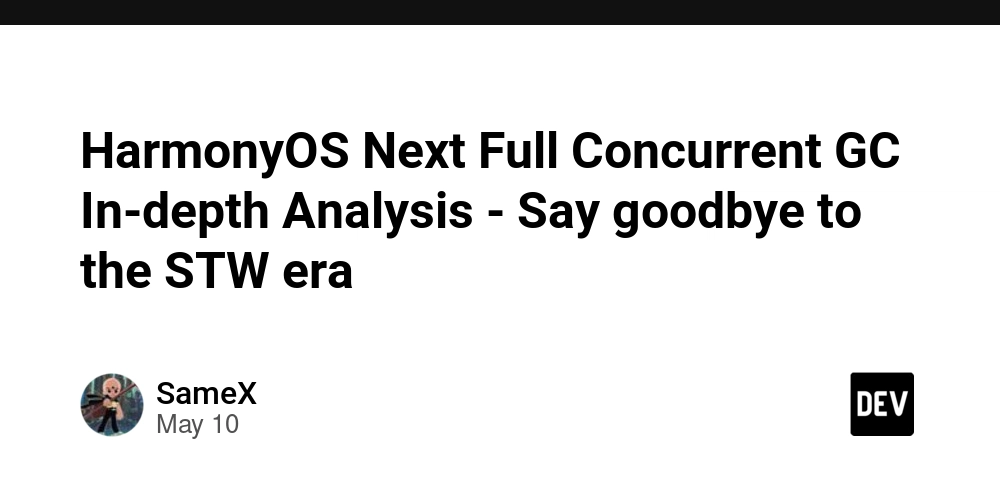

















![Ditching a Microsoft Job to Enter Startup Hell with Lonewolf Engineer Sam Crombie [Podcast #171]](https://cdn.hashnode.com/res/hashnode/image/upload/v1746753508177/0cd57f66-fdb0-4972-b285-1443a7db39fc.png?#)



























































.jpg?width=1920&height=1920&fit=bounds&quality=70&format=jpg&auto=webp#)




















































-Nintendo-Switch-2-Hands-On-Preview-Mario-Kart-World-Impressions-&-More!-00-10-30.png?width=1920&height=1920&fit=bounds&quality=70&format=jpg&auto=webp#)










































































































-xl.jpg)






























![New iPad 11 (A16) On Sale for Just $277.78! [Lowest Price Ever]](https://www.iclarified.com/images/news/97273/97273/97273-640.jpg)

![Apple Foldable iPhone to Feature New Display Tech, 19% Thinner Panel [Rumor]](https://www.iclarified.com/images/news/97271/97271/97271-640.jpg)














































